Cost Segregation and Accelerated Depreciation
Real estate is the world’s largest asset class, and attracts investors ranging from working-class families to the most powerful financial institutions. There are countless reasons investors are drawn to real estate — many cite the fact that real estate is tangible and seems easy to understand. Many also like the fact that real estate investments can provide regular cash flow, making them great income-producing assets for those planning for retirement. Ask most real estate investors why they are in the business, and they will reliably include one factor in their explanation: Tax Benefits.
Real Estate Tax Benefits
Investors in real estate enjoy some of the best tax perks of any industry, and countless articles and even books have been written on the subject. In addition to commonly known benefits such as qualifying for long-term capital gains tax rates, the ability to deduct business expenses prior to taxation, and special tax provisions like the 1031 like-kind exchange and Opportunity Zone programs, there is another advantage is sometimes overlooked.
Depreciation is the common practice of counting the wear and tear or loss of usefulness to a piece of property or equipment as a paper loss against the earnings of a business in order to reduce the taxable income of the business and thus the overall tax burden. Bought a van with a useful life of five years for your plumbing business? Not only can you deduct the purchase price of the van in the year you purchase it, but you can also count 1/5 of the purchase price as losses against your income for the following five years, decreasing your taxable income and increasing your bottom-line earnings. The length of the “useful life” as defined by the IRS is key here: the shorter the useful life, the quicker the depreciation benefits are realized, and the more beneficial they are to the investor. In general, commercial real estate buildings can be depreciated over a defined useful life of 39 years (or 27.5 for residential).
Cost Segregation and Accelerated Depreciation
The term “cost segregation” sounds complicated, but it actually works in a very similar way, though the details should be left to accounting professionals. The IRS has established different official “useful lifetimes” for different property types, and as the defined useful lifetime of an item decreases, the associated annual depreciation expense increases. So, by changing which tax category a piece of property falls into, investors can claim that it has a shorter useful life and speed up depreciation in the early years of ownership (hence the common term, “accelerated depreciation”). Because the expense is only a paper loss, the higher it is, the more income ends up in investors’ pockets.
Cost Segregation Studies
A cost segregation study is a strategic planning tool that commercial real estate owners and investors can use to improve their tax positions. These studies assess an entity’s real property assets and identify a portion of those costs that can be treated as personal property. By segregating personal property from the building itself, the studies will be able to reassign costs that would have been depreciated over a 39-year period to asset groups that will be depreciated at a much quicker pace.
The Impact
The estimated benefits of cost segregation and accelerated deprecation vary from project to project, but these tools can often double or triple the annualized return on an equity investment. Through the cost segregation process, investors may boost their bottom-line earnings, or utilize deductions to offset other investment gains.
Cost segregation is a powerful tool for real estate investors, but it is often overlooked by new investors or those specializing in other asset classes, which can result in money left on the table. As always – any investor should discuss these options with their tax consultant, attorney, or accountant first.

